
Lot 19
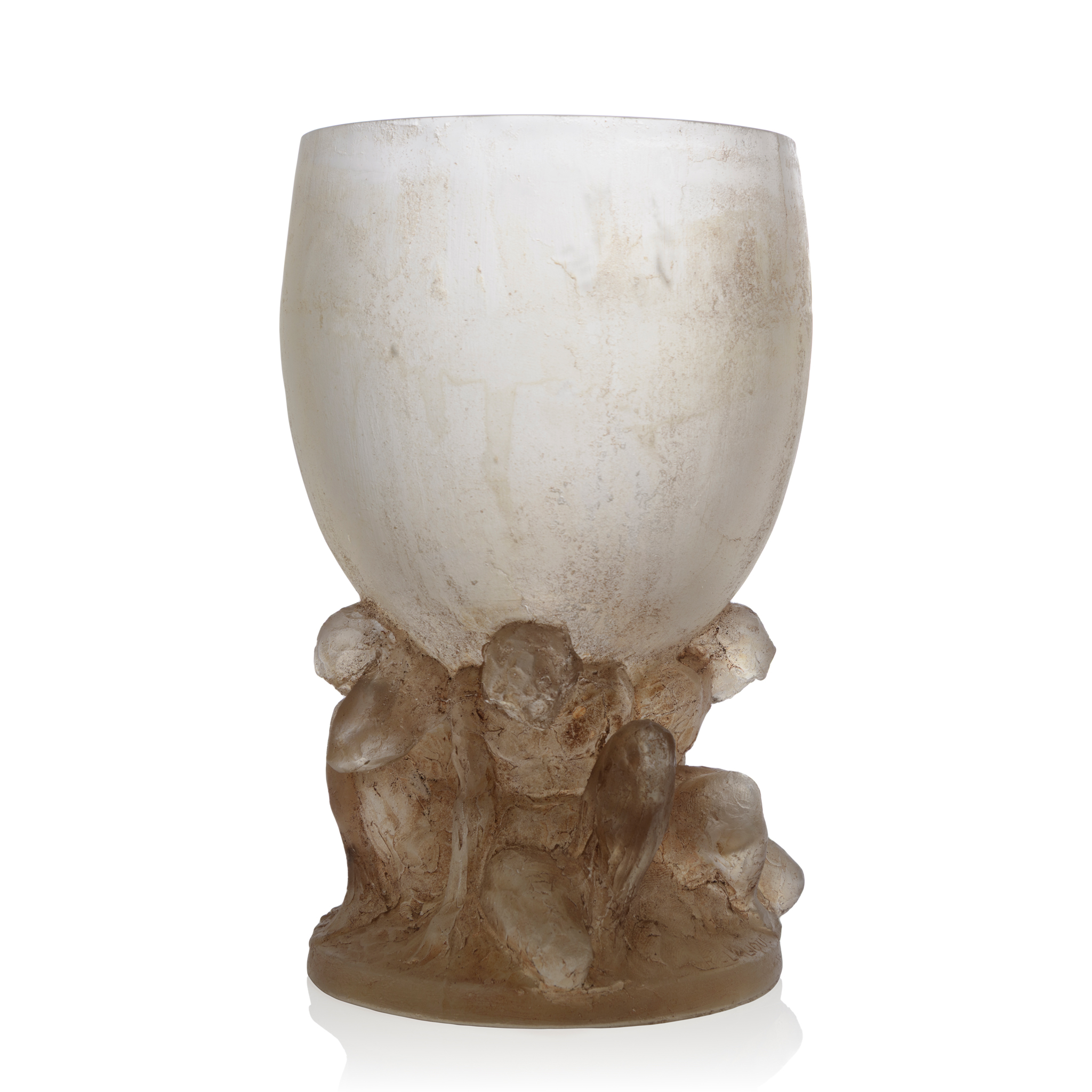
RENÉ LALIQUE (1860-1945) ‡
QUATRE FIGURINES FEMMES FORMANT SOUTIEN VASE, CP409
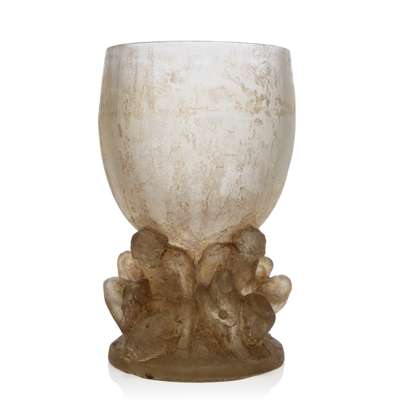
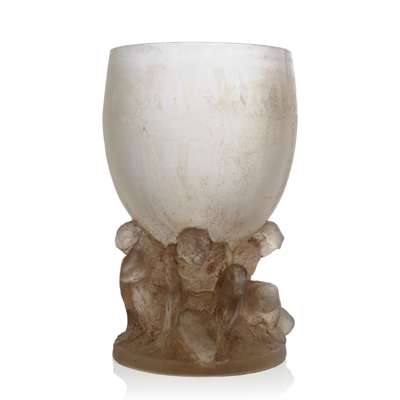
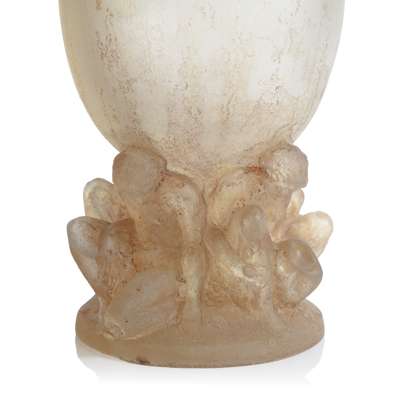
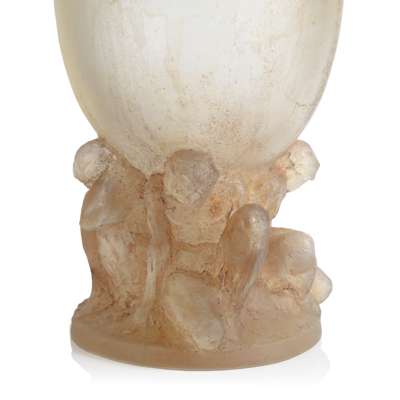

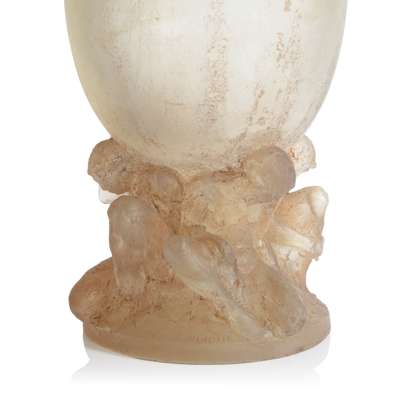
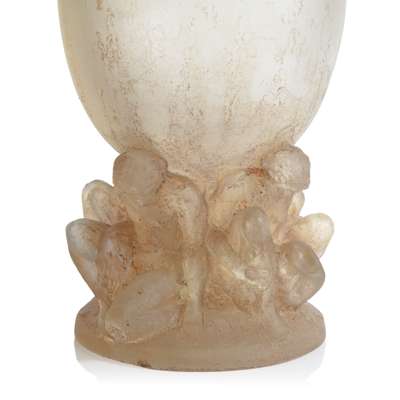
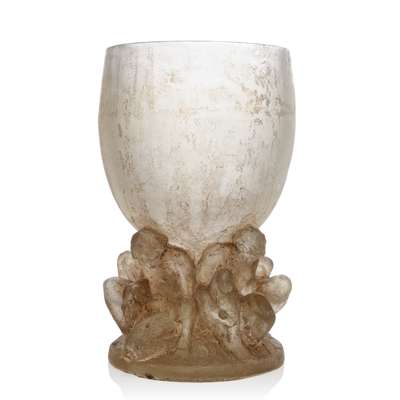
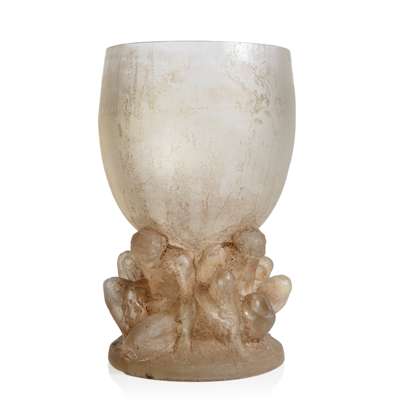


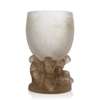
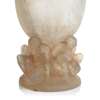

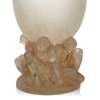
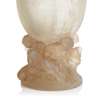
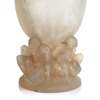
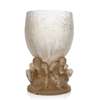
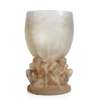
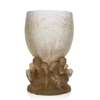
Auction: 26 June 2025 from 14:00 BST
Description
designed 1921
cire perdue, and sepia stained
signed R. LALIQUE, engraved France
Dimensions
16.7cm high
Footnote
This piece was exhibited in the Paris Exposition of 1925.
Cire perdue meaning literally ‘lost wax’ – is a technique more usually associated with bronze making and dates back to ancient times. A wax model would be covered in plaster and then heated so that the liquid wax could be poured off and then replaced with molten glass. When cooled, the plaster mould would be destroyed to reveal the glass within. René Lalique used this technique when experimenting with designs – in many cases these were his prototypes. Cire perdue pieces are almost always unique because of the method used to create them and consequently there are only a limited number of these works in existence. The works have a distinctive appearance – the surfaces are rougher and appear unfinished, and even seamlines are sometimes evident. They are uncoloured glass, sometimes with staining applied to the surface. One of the very appealing features, though, is that Lalique’s own finger-prints may remain, giving a sense of intimacy with the maker.



















